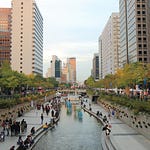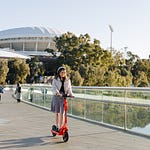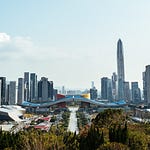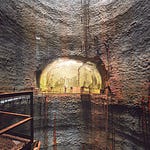The creative city concept has been a popular global planning paradigm since the late 1980s. Many cities over the world have embraced the idea of urban regeneration and have placed creativity and cultural industries at the heart of their development plans.
📱 Today, the rapid success of social media platforms, such as Instagram, TikTok and now ClubHouse is shaking up this widespread planning approach and giving a boost to local urban art and cultural scenes.
🎨 Cultural industries have also been one of the hardest hit sectors due to the COVID-19 pandemic. Across the world, a lot of cultural venues had to close down to help curb the spread of the virus. But people living in cities are more than ever craving for culture, as a way to escape our current context and to reconnect as a society.
What are the tectonic shifts in the production and consumption of culture in cities? Which kind of design and planning responses could we think of? How is COVID-19 accelerating existing trends?
In this episode, I sit down with Ludovica Tomarchio, who recently finalised her PhD at the Singapore University of Technology and Design on the topic of smart and creative cities, taking the case of Singapore. Together we explore the next frontiers of creative cities and discuss new cultural planning models in a post-pandemic world.
💡 One novel concept: Hybrid art spaces
Hybrid Art Spaces are art venues existing both in physical space and on social media, resulting in various forms of hybrid consumption, production, and discussion of art taking place in merged physical and non-physical social spaces.
If you want to learn more about Ludovica’s research on smart creative cities:
Ludovica shares her inspirations:
Stefano Mirti, designer and founder of IdLab_Studio http://www.idlabstudio.it/it
In Berlin, AEDES Gallery https://www.ancb.de/sixcms/list.php?page=ancb_events
















Share this post